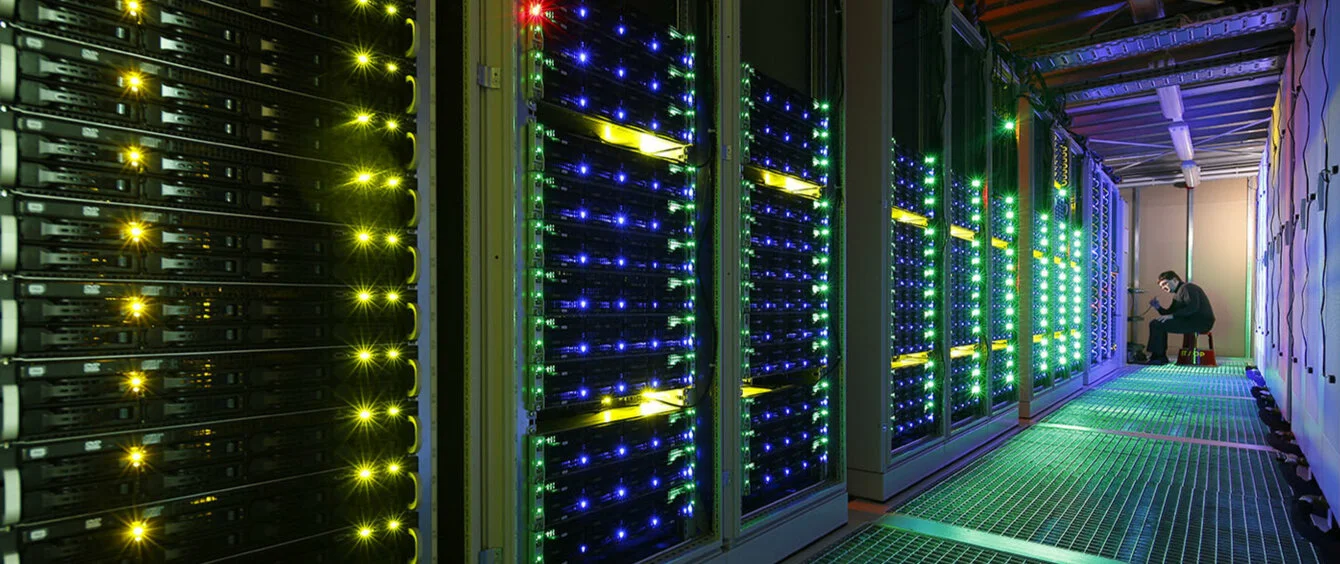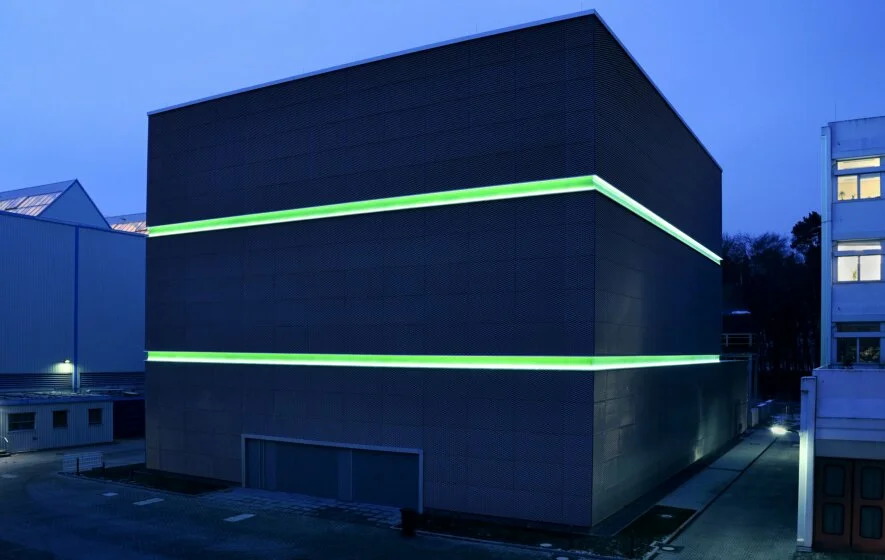There is no question that digital evolution makes everyday life much easier. However, it is also leading to a steady rise in global energy consumption: And to the tune of around nine percent annually, according to specialists in a report conducted by French research group The Shift Project. A considerable portion of this is due to the electricity drawn off the grid by data centres, not least because mainframe computers and supercomputers have to be constantly cooled. Experts therefore predict that in ten years, data centres could be responsible for 13 percent of global power consumption (as reported by en:former).
At around four percent, commercial IT infrastructure already emits twice as much carbon dioxide as the aviation industry, and the trend is rising. To minimise the environmental and climate impact, researchers at Goethe University Frankfurt and the GSI Helmholtz Centre for Heavy Ion Research have developed an energy-efficient cooling structure for large computing centres – and have now been awarded a European patent for their work.
And this is how the ingenious cooling system works: The computers are located in special cabinets. The hot exhaust air in these cabinets is cooled at the rear wall with water via a heat exchanger. The technology thus does away with the need for additional air con units, thereby reducing harmful emissions and enabling a particularly efficient operation of mainframe computers. According to the participating scientists, it will now be possible to reduce primary energy consumption by up to 50 percent compared to conventional data centres.
The technology has been in use for several years in the computing centre at Goethe University and the Green IT Cube, one of the GSI Helmholtz Centre’s computing centres. The waste heat generated by the Green IT Cube’s server is currently already being used to heat an office and canteen building. According to Volker Lindenstruth, professor for the architecture of high performance computers at Goethe University, the team has received requests from various countries to build similar data centres.
Meanwhile, the president of Goethe University, Brigitta Wolff, summarises the debate on the energy consumption of digitisation as follows: “In Goethe’s time it did not make sense to harness more and more horses to the front of a stagecoach in order to go faster, and in a way, we are facing a similar fundamental paradigm shift in IT today. Back then, the railroad was the answer to the issue of speed. Today, the smart IT industry has an inherent issue with sustainability and energy. An IT-based society needs new energy concepts for mainframes, which drastically reduce energy consumption, to satisfy its unrelenting appetite for data.”

